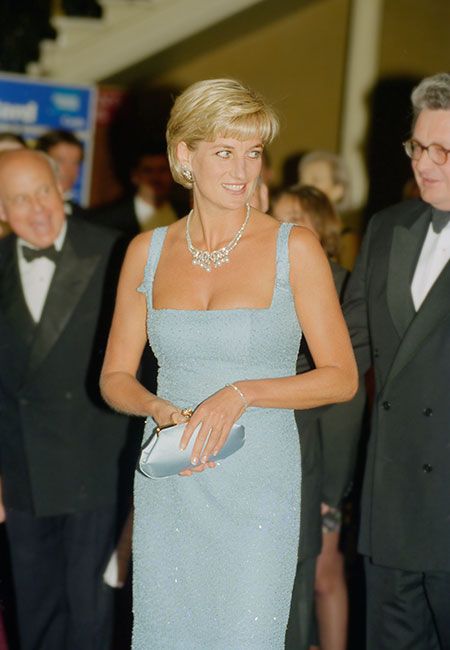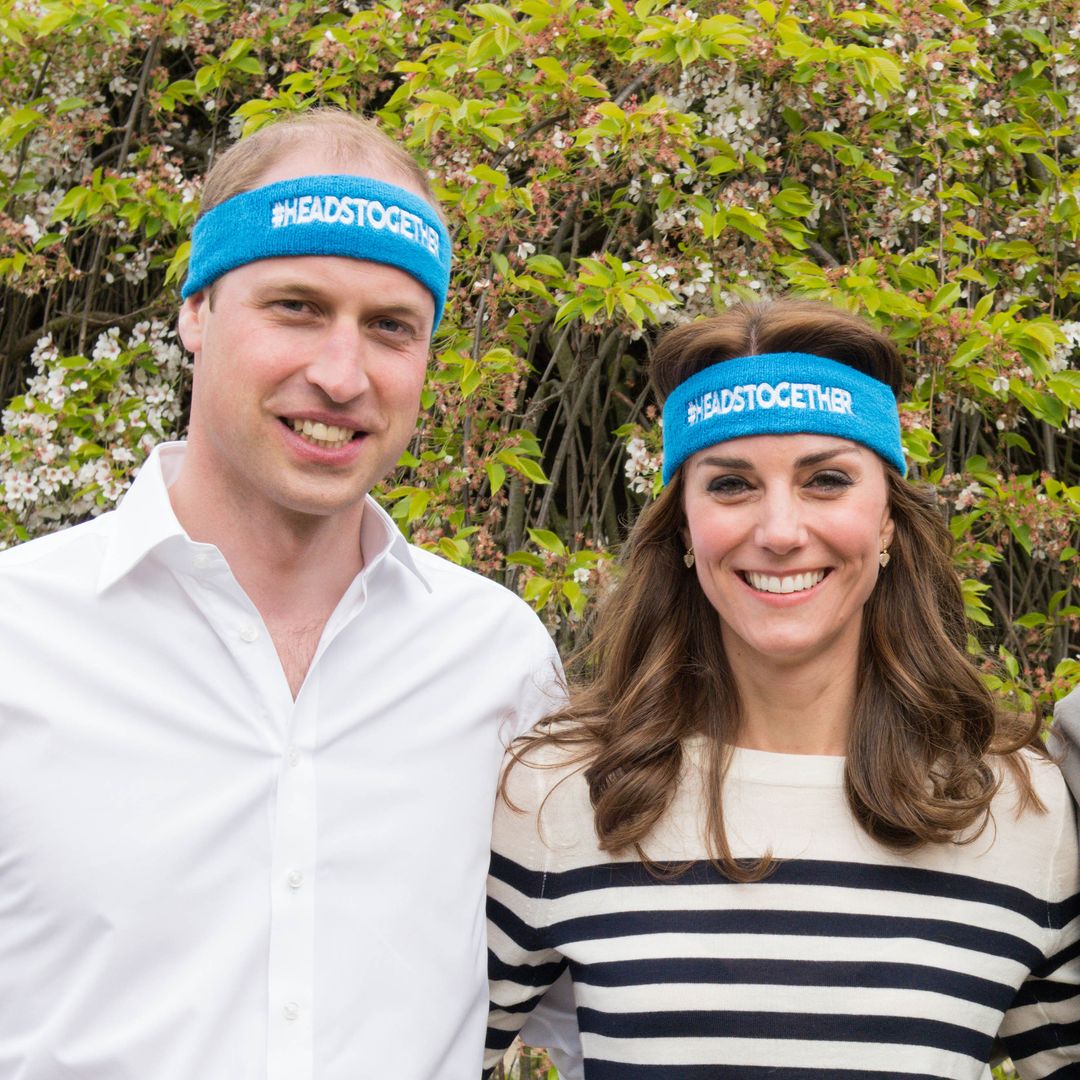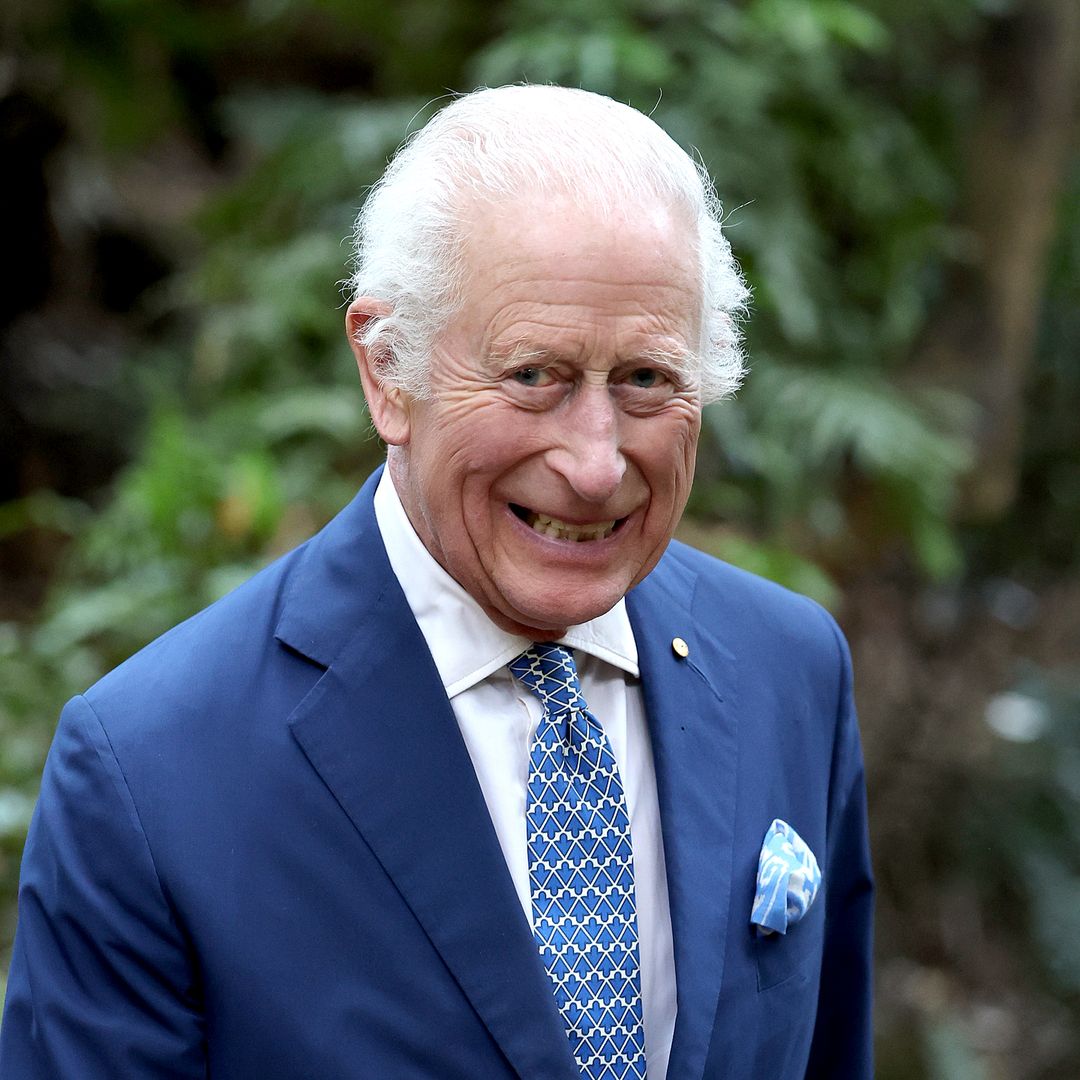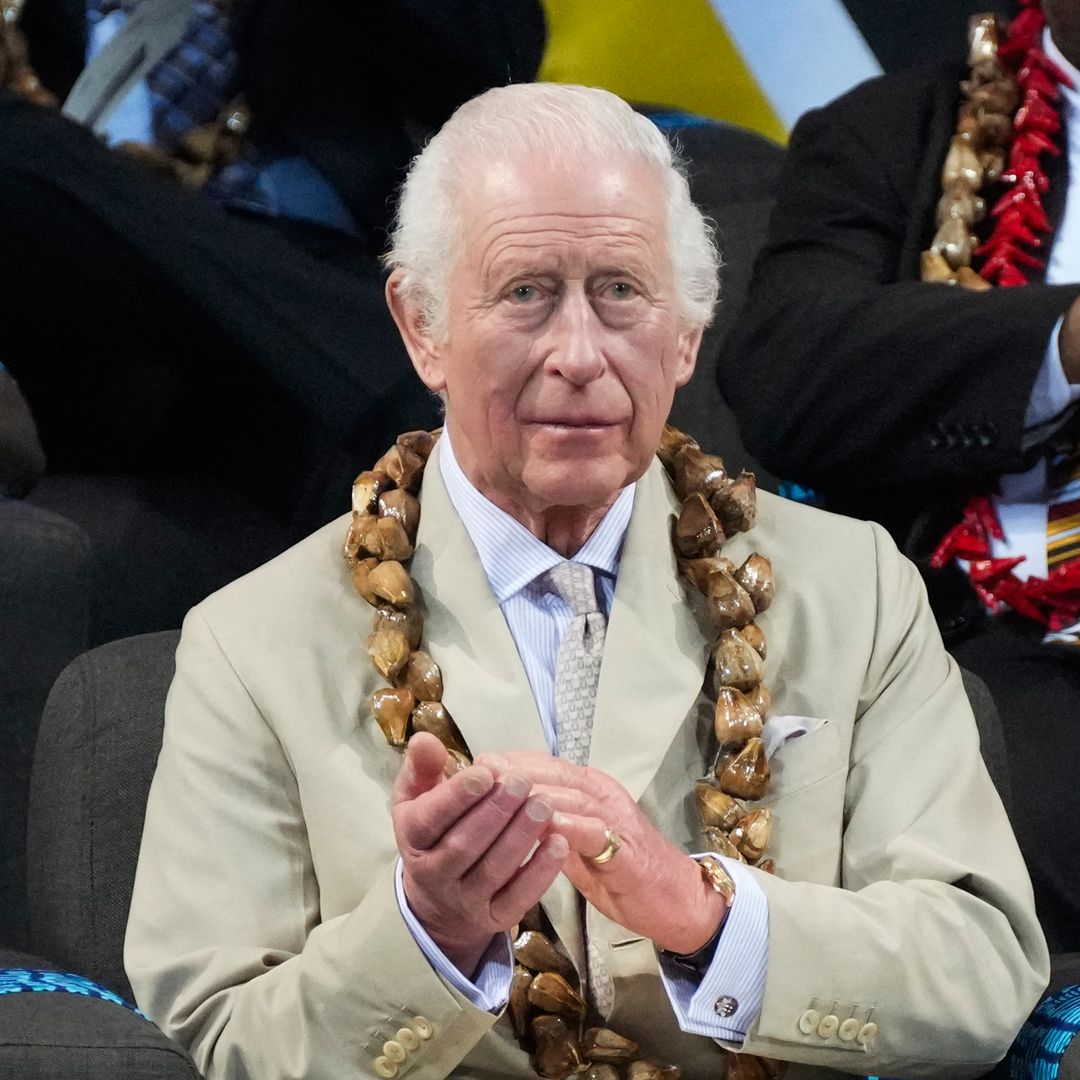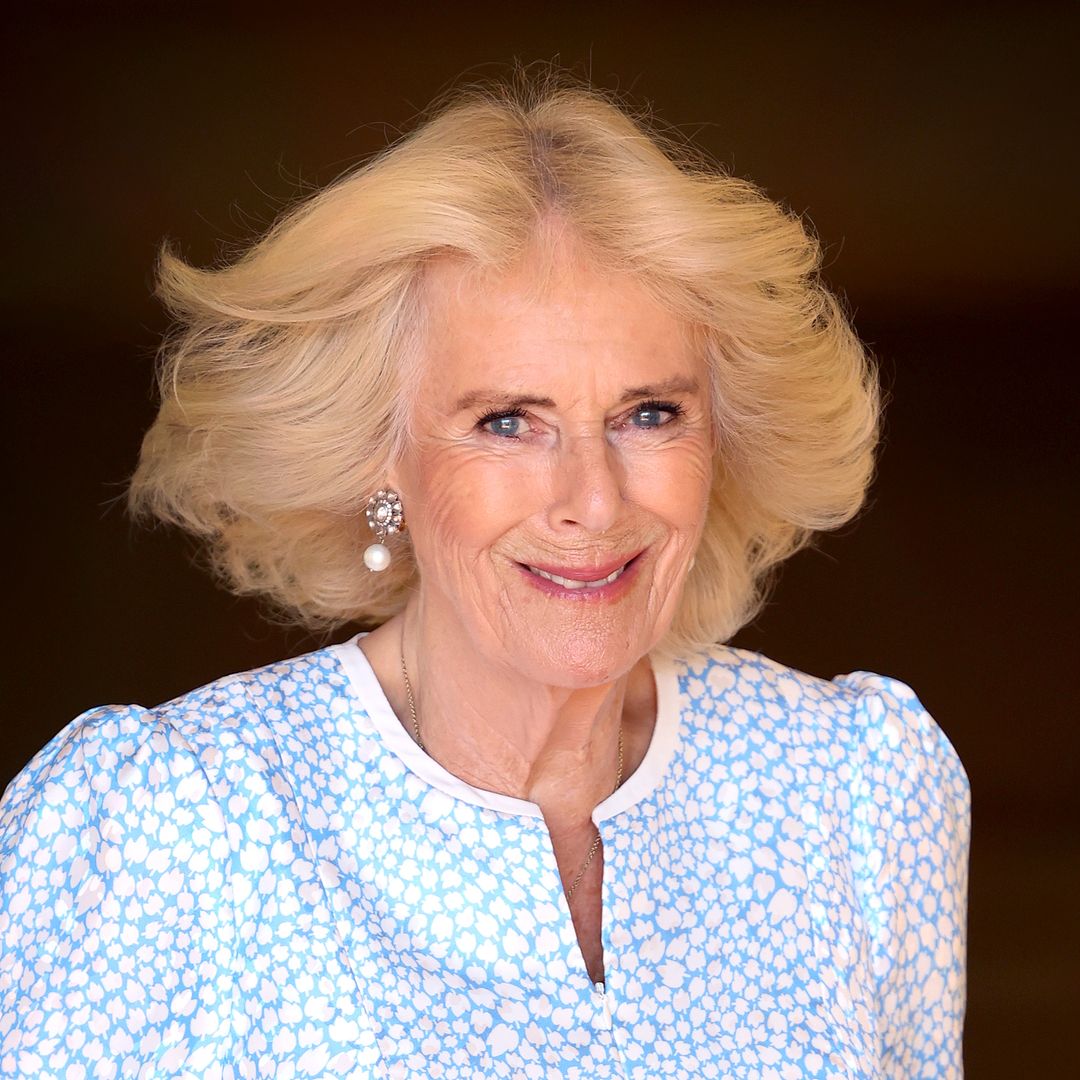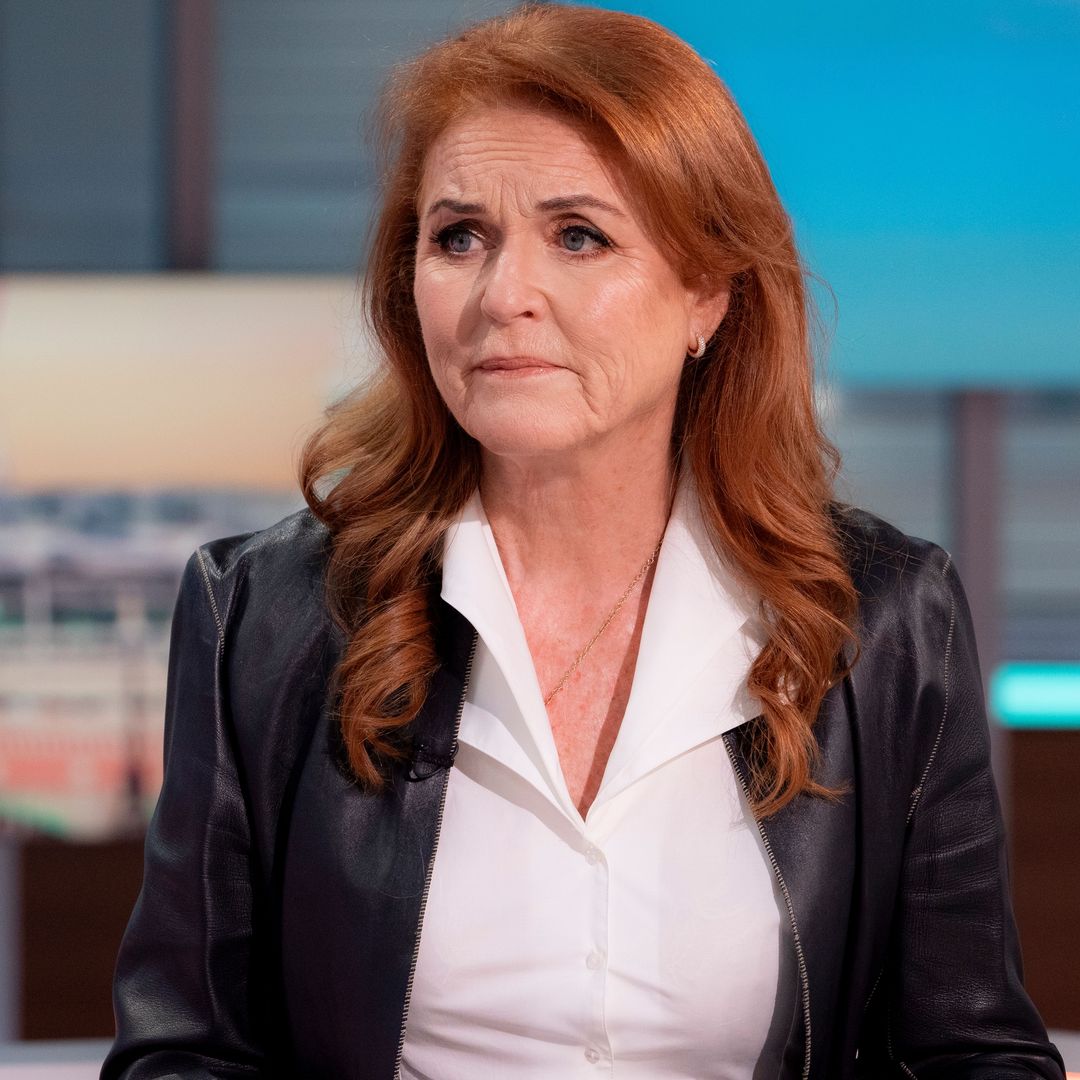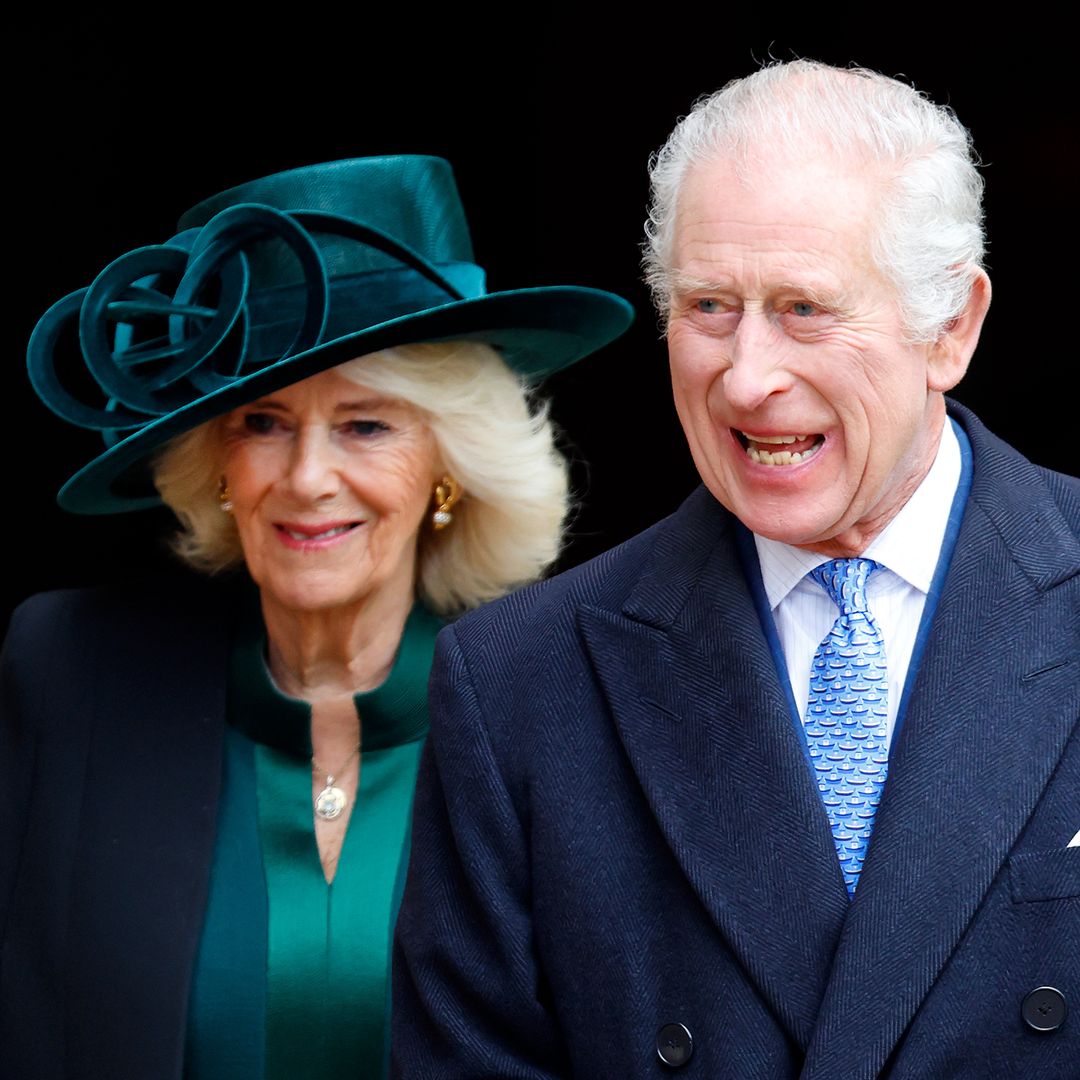Princess Diana tragically passed away after being injured in a car crash in Paris on 31 August, 1997. This year, MonSef Dahman, a doctor who fought to save the Princess of Wales' life gave his account of trying "everything possible" to keep her heart beating, and in honour of National Critical Illness Awareness Month in the US, we're shining a light on the importance of recognising critical illnesses like Princess Diana's cardiac arrest.
Speaking to the Daily Mail, MonSef recalled the moment he was called to help: "I was resting in the duty room when I got a call from Bruno Riou, the senior duty anaesthetist, telling me to go to the emergency room.
SEE: Charles Spencer recalls heartbreaking moment he learned of Princess Diana's death
WATCH: Remembering Princess Diana
"I wasn't told it was Lady Diana, but only that there had been a serious accident involving a young woman."
He added that despite not knowing it involved Princess Diana, he knew the case "was particularly serious" since he had got a call from such a high-level colleague.
READ: Charles Spencer reveals how he is marking anniversary of Princess Diana's death
MORE: Prince William and Prince Harry's emotional tribute to Princess Diana at statue unveiling
Princess Diana the year she passed away in 1997
Upon arrival to A&E, MonSef saw Professor Riou in the room, which signified the "importance" of the case. It was at this moment that MonSef recognised Princess Diana.
"For any doctor, any surgeon, it is of very great importance to be faced with such a young woman who is in his condition. But of course even more so if she is a princess."
An X-ray showed that Princess Diana had internal bleeding. At around 2.15am, she suffered a cardiac arrest and was given a heart massage.
"I did this procedure to enable her to breathe," said MonSef. "Her heart couldn't function properly."
Further inspection showed that the princess had a tear in a vein in her heart, which one of France's leading heart surgeons, Professor Alain Pavie helped to suture, but Diana's heart had stopped.
"We tried electric shocks several times and, as I had done in the emergency room, cardiac massage," MonSef added. "Professor Riou had administered adrenaline. But we could not get her heart beating again.
"We fought hard, we tried a lot, really an awful lot. Frankly, when you are working in those conditions, you don't notice the passage of time. The only thing that is important is that we do everything possible for this young woman."
MonSef said that not being able to save Diana has "affected him very much".
For more information and to support critical care initiatives, visit the Intensive Care Society or ICUSteps.
Make sure you never miss a ROYAL story! Sign up to our newsletter to get all of our celebrity, royal and lifestyle news delivered directly to your inbox.


